Welcome to our pick of the best action cameras you can buy in 2021. Every adventure camera in our list has been rigorously tested by us to make sure it's deserves its places, whether that's for outright image quality or sheer value.
Whatever your budget, there's an action camera for you in this regularly updated guide. There's now a huge range of rugged 4K cameras at all price points, and we've ranked all the best ones based on our demanding real-world testing.
GoPro remains the biggest name in action camcorders, and its latest GoPro Hero 10 Black is our pick for the title of best action camera overall. But if you're looking for something a little cheaper, the Akaso Brave 7 LE continues to offer a great feature set and value for its price and is one of the best cheap action cameras around.
If you tend to shoot a lot in low light, it's also well worth considering the Insta360 One R 1-Inch Edition – it has an unusually large 1-inch sensor, even if it isn't quite as fun to use as a GoPro.
Not sure what to look for when buying the best action camera for you? Check out our guide further down this page on what you should look for when buying a new action camera.

Best action cameras 2021:
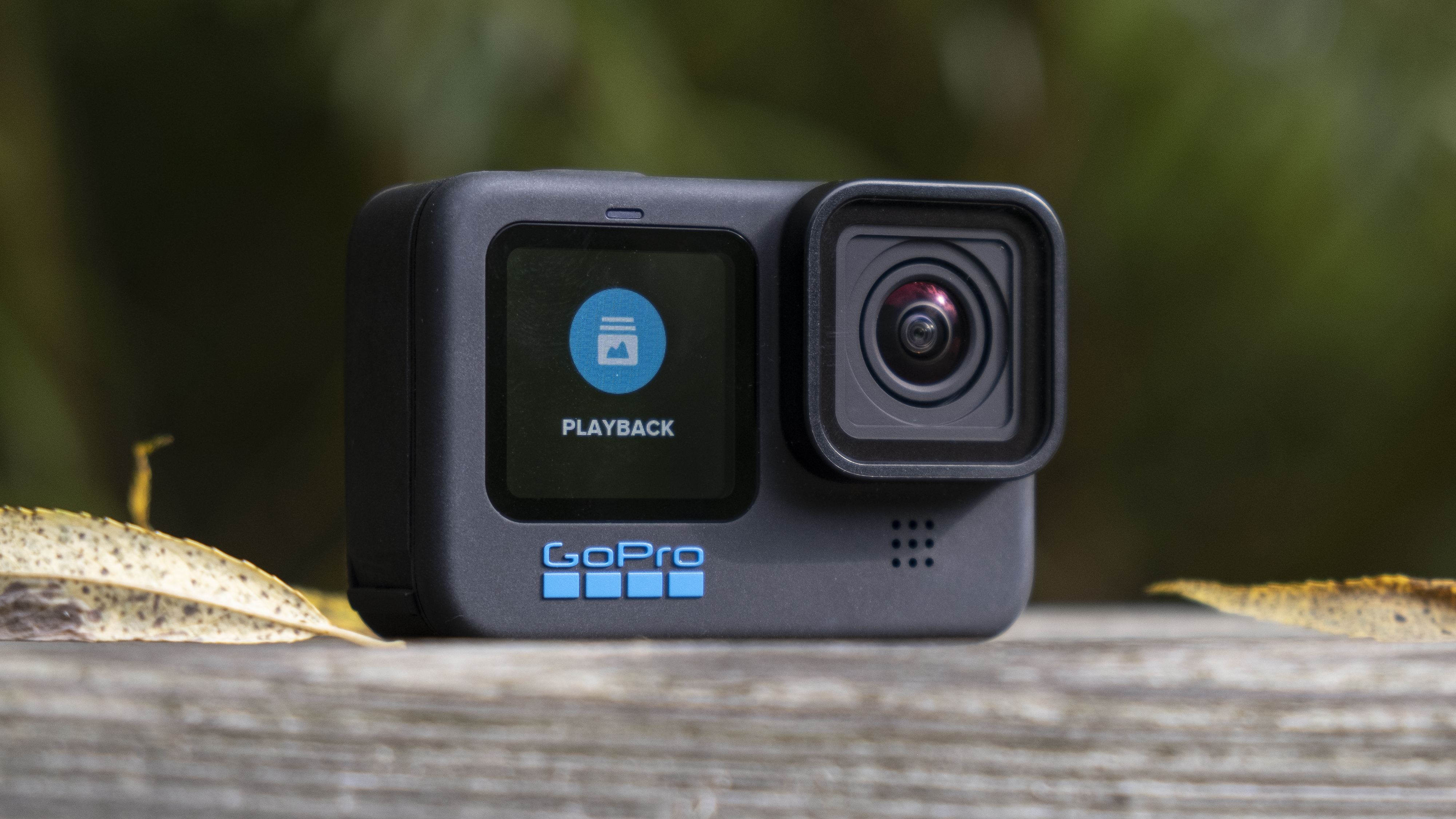
GoPro's latest flagship isn't a huge leap over its predecessor, but if you're looking for the most polished, powerful action cam around – this is it. The Hero 10 Black's key upgrade is its new GP2 processor, which unlocks a range of useful features. Some of those, like its ability to shoot 4K/120p video, are genuinely impressive, while others – like its far more responsive touchscreen – feel like fixes for the Hero 9 Black's flaws.
The result is an action camera that's more versatile and fun-to-use than its predecessor, and a waterproof companion that's ideal for capturing outdoor adventures or vlogging videos in 4K. GoPro's best-quality HyperSmooth stabilization, which is now available in more shooting modes, is also excellent and remains a big boon over your smartphone. Better value is available elsewhere, not least in older GoPros like the Hero 8 Black, but we think the Hero 10 Black is worth the premium for most people.
- Read our in-depth GoPro Hero 10 Black review

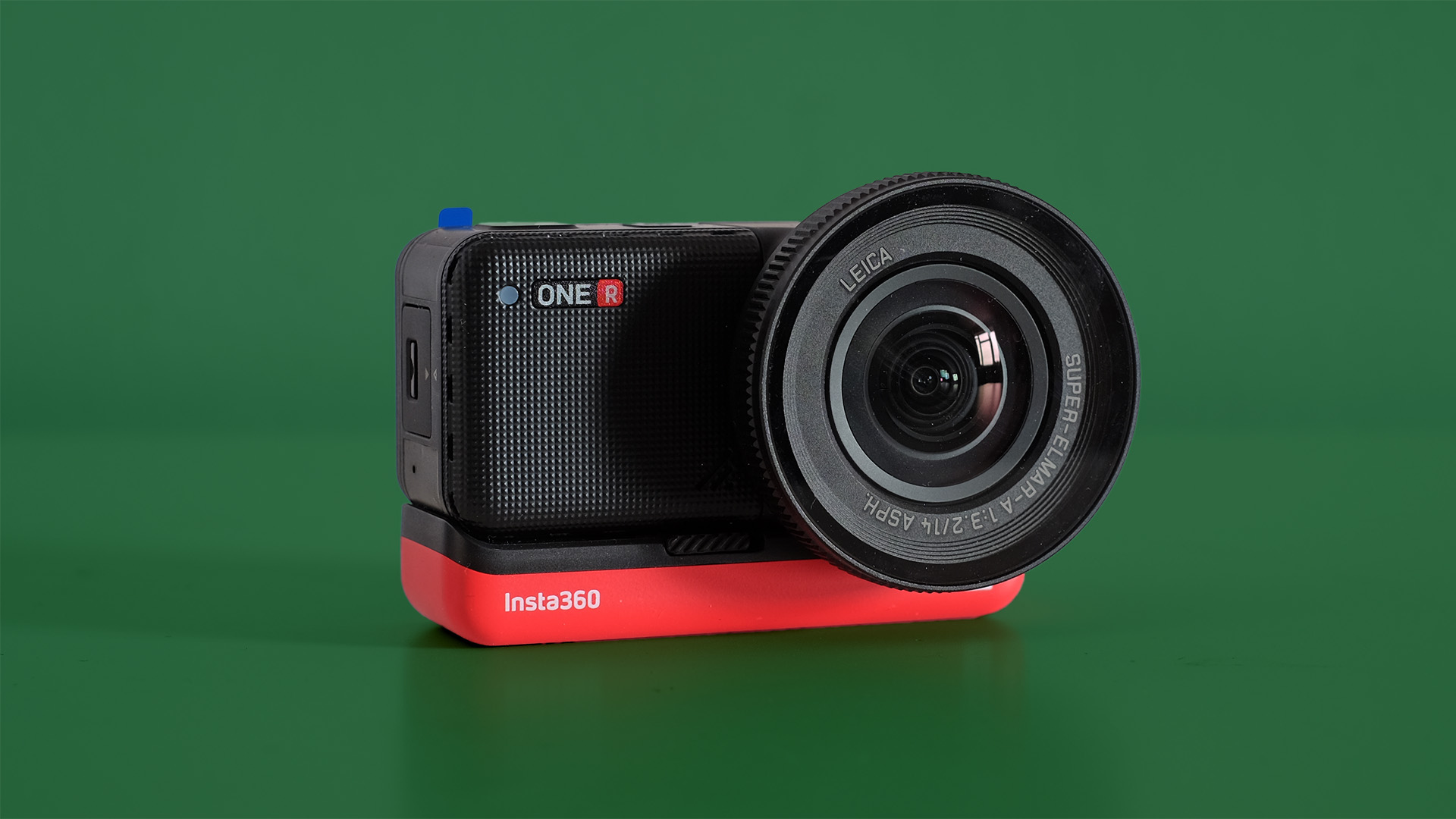
Already a proven rival to GoPro’s Hero series, the modular Insta360 One R is now available with a sizable 1-inch sensor. That gives it low-light abilities which are brighter, cleaner and more detailed than the GoPro Hero 9 Black, as well as a native dynamic range better than any other action camera. Raw stills are impressive, while videos are sharp and punchy, in both 5.23K/25p and 4K/60p modes. That said, GoPro’s processing powers are more effective overall, with video from the Insta360 One R suffering from shimmer and fizz in detailed areas. The One R also lacks the point-and-shoot simplicity of a GoPro, with more sluggish software when it comes to exporting. All the same, the Insta360 One R produces some of the best stills and video you can get from an action camera. Its 1-inch sensor also handles the crop of image stabilization better than most. A flexible 5K camera with solid low-light skills, the Insta360 One R is one of the best action cams around.
- Read our in-depth Insta360 One R 1-Inch Edition review

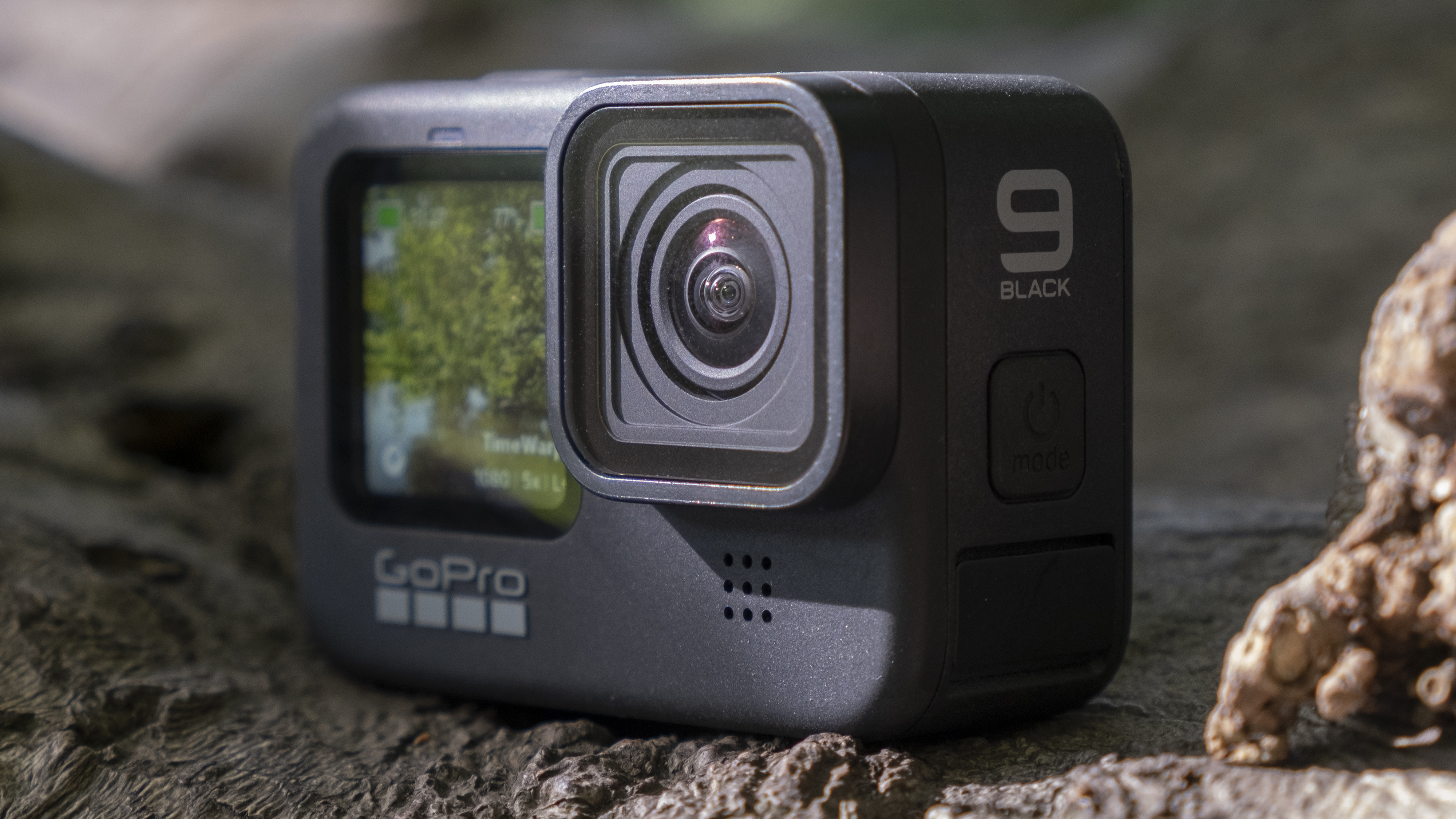
It's now been succeeded by the Hero 10 Black, but the Hero 9 Black is still worth considering if you don't need the absolute latest features – like 4K/120p video or an improved front screen. Given that the price difference between the two models isn't huge, we think the Hero 10 is worth the extra cost for its improved usability, but this model has the same sensor, design and most of the same features.
These include the option of shooting 5K video with excellent detail, courtesy of a 23.MP sensor that debuted on this model. You also get a handy front color display (albeit one that's a little more laggy than the one on the Hero 10) and the option of HyperSmooth Boost (GoPro's strongest stabilization) in all shooting modes. The Hero 9 is super-versatile too, thanks to 'Power Tools' that include 'scheduled captures' (setting a time for it to start recording) and HindSight (for capturing action that happened 15-30 seconds before you hit the shutter). But the Hero 10 is more polished and versatile, thanks to its new processor and shooting modes.
- Read our in-depth GoPro Hero 9 Black review

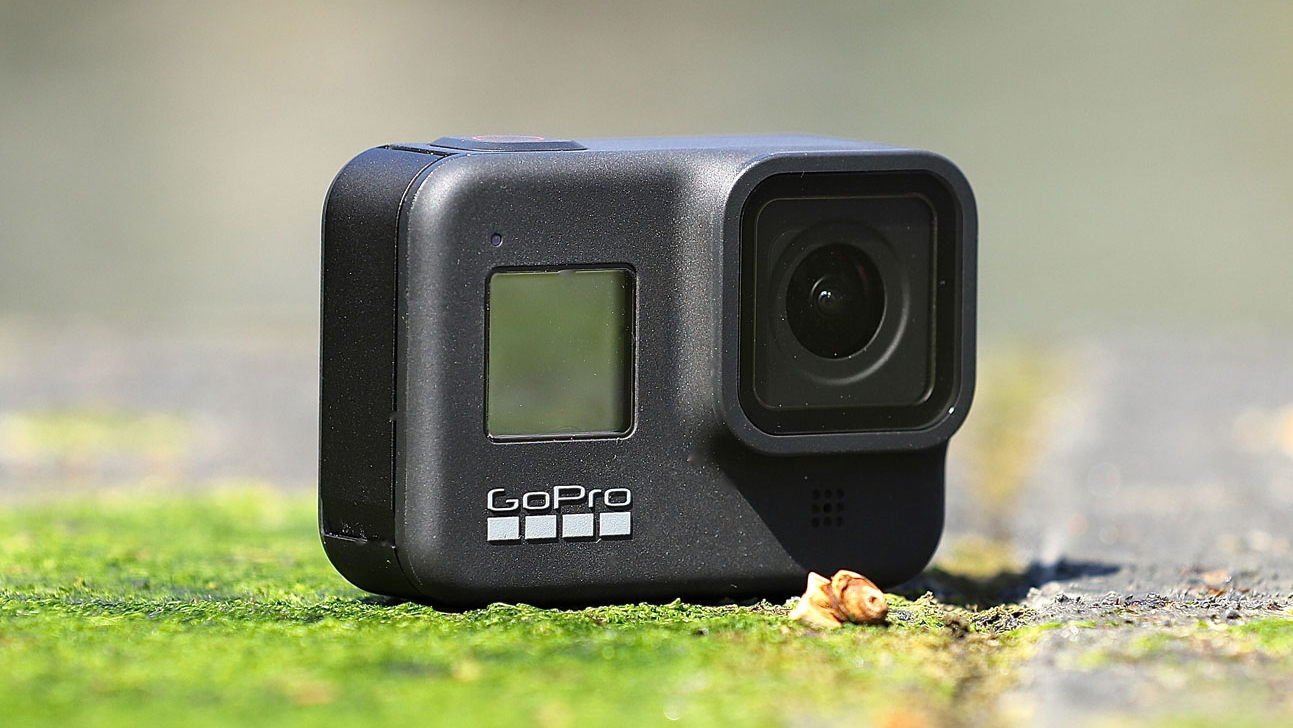
It's now been succeeded by the GoPro Hero 10 Black and Hero 9 Black, but this model could well be the better value choice for you – particularly if you don't need a front-facing screen. What else are you missing out on compared to the GoPro's latest models? Those two successors also bring 5K video modes improved slo-mo options. But if none of those are deal-breakers for you, you'll find that the Hero 8 Black shoots equally impressive 4K video, offers almost identical HyperSmooth stabilization (aside from in the most demanding modes) and has one less color screen to worry about breaking. Thanks to compatibility with GoPro Labs, which is the manufacturer's new platform for trying out unreleased beta features, it also offers much of the same versatility. With the same folding 'fingers' on the underside for mounting it to accessories without a case, waterproofing down to ten meters and compatibility with GoPro's Mods accessories, the Hero 8 Black remains a fantastic all-rounder for its current price.
- Read our in-depth GoPro Hero 8 Black review

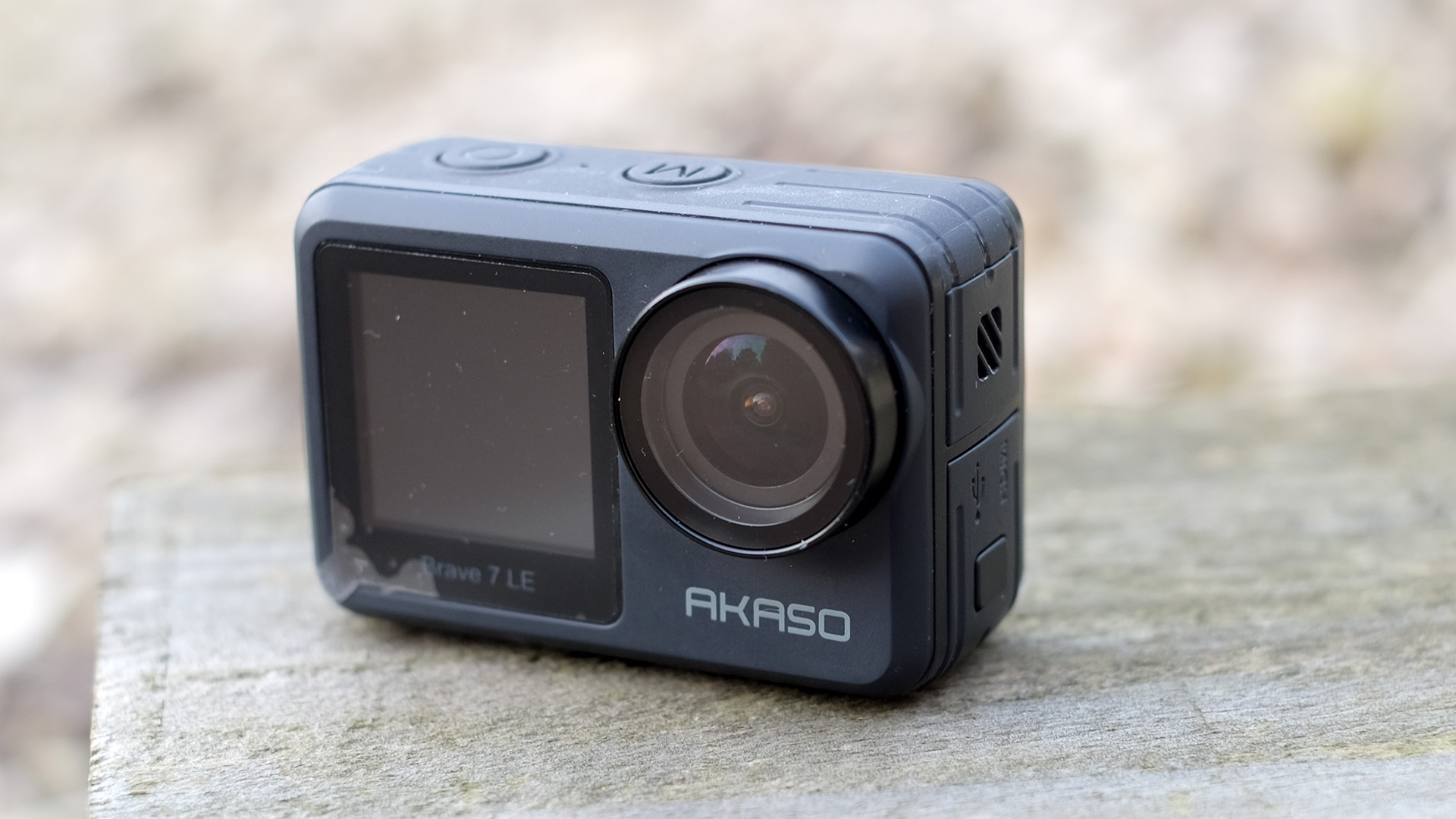
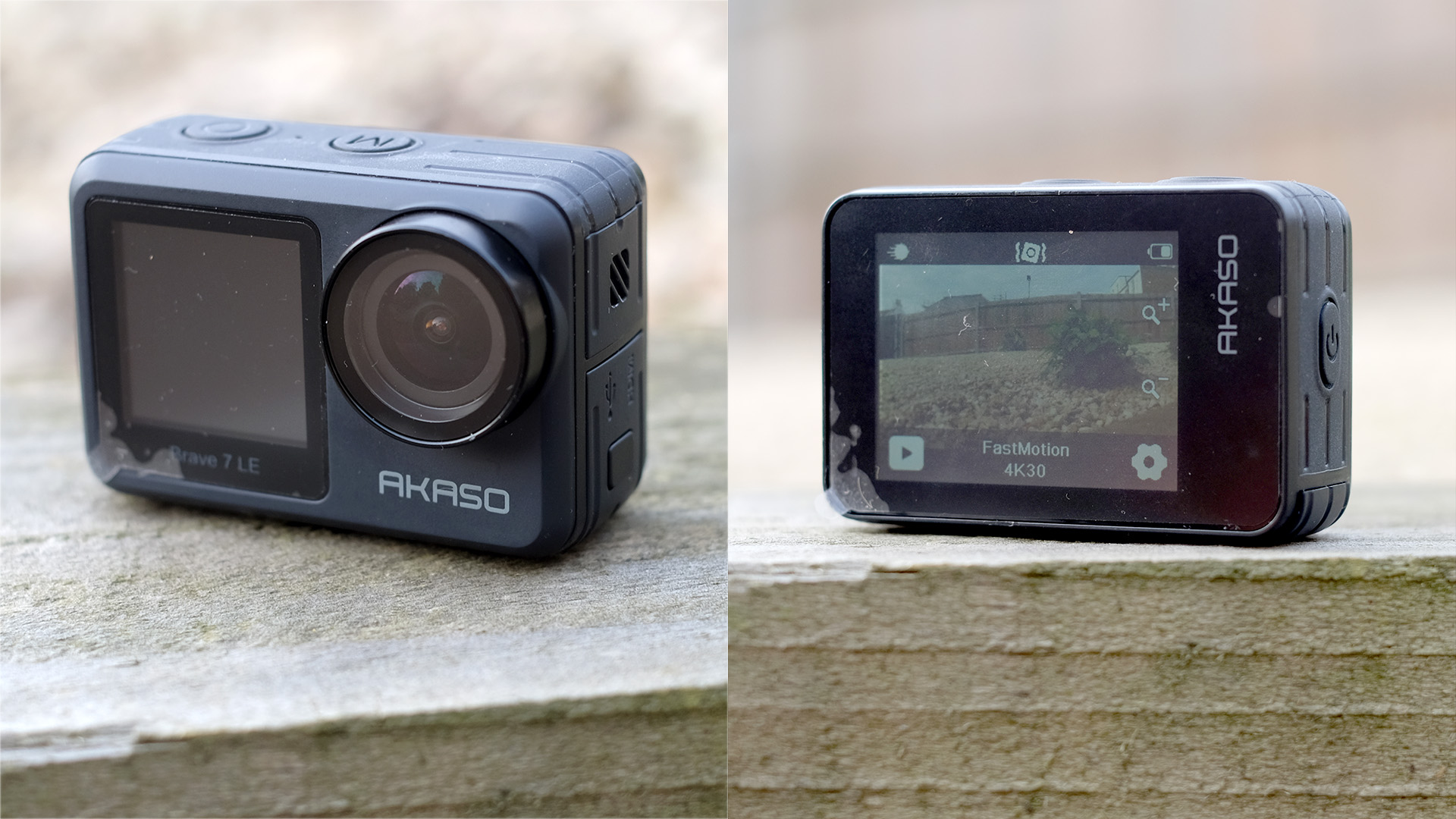
The Brave 7 LE offers an incredible range of features for its price – if a front-facing screen and weather-sealing are more important to you than outright video quality, then it should certainly be high on your shortlist. In our tests, this model's audio quality was better than any other non-GoPro we've reviewed (in quieter environments, anyway) and it has a fantastically intuitive touchscreen interface.
The only slight downer is that the video quality, while decent at 4K resolution, doesn't quite match the rest of the Brave 7 LE's features. It leans heavily on noise reduction in lower light, giving your footage a soft quality, while the electronic image stabilization is decent rather than class-leading. Still, for the price, it's undoubtedly one of the best action cams out there – and unrivaled in terms of the amount of features it packs in for the price.


Don’t let its underwhelming shell fool you: the Apeman A100 might be a plastic brick without the finesse of a GoPro, but it’s the best budget action cam you can buy. The only downside is that stock appears to now be in short supply. But if you can find it, the A100 still offers great value for money. In the right conditions, it produces sharp 4K footage at up to 50fps, with detail that’s not far off a GoPro Hero 8 Black – albeit without the latter's charming color profile. The A100 also does a reasonable job of shooting in low light, while panned motion is smoother than almost any other affordable action cam. Stills are solid too, especially if you take the time to tweak the color balance in post-production. Image stabilization is not nearly as good as a GoPro, with evident footfall judder, while audio quality is a real let-down, limiting the A100’s usefulness for vloggers. All the same, it’s a very appealing little package. At 74g it’s perfect for pockets, while port covers and soft-click buttons belie its price tag. You simply won’t get a better 4K action cam experience in this budget bracket.

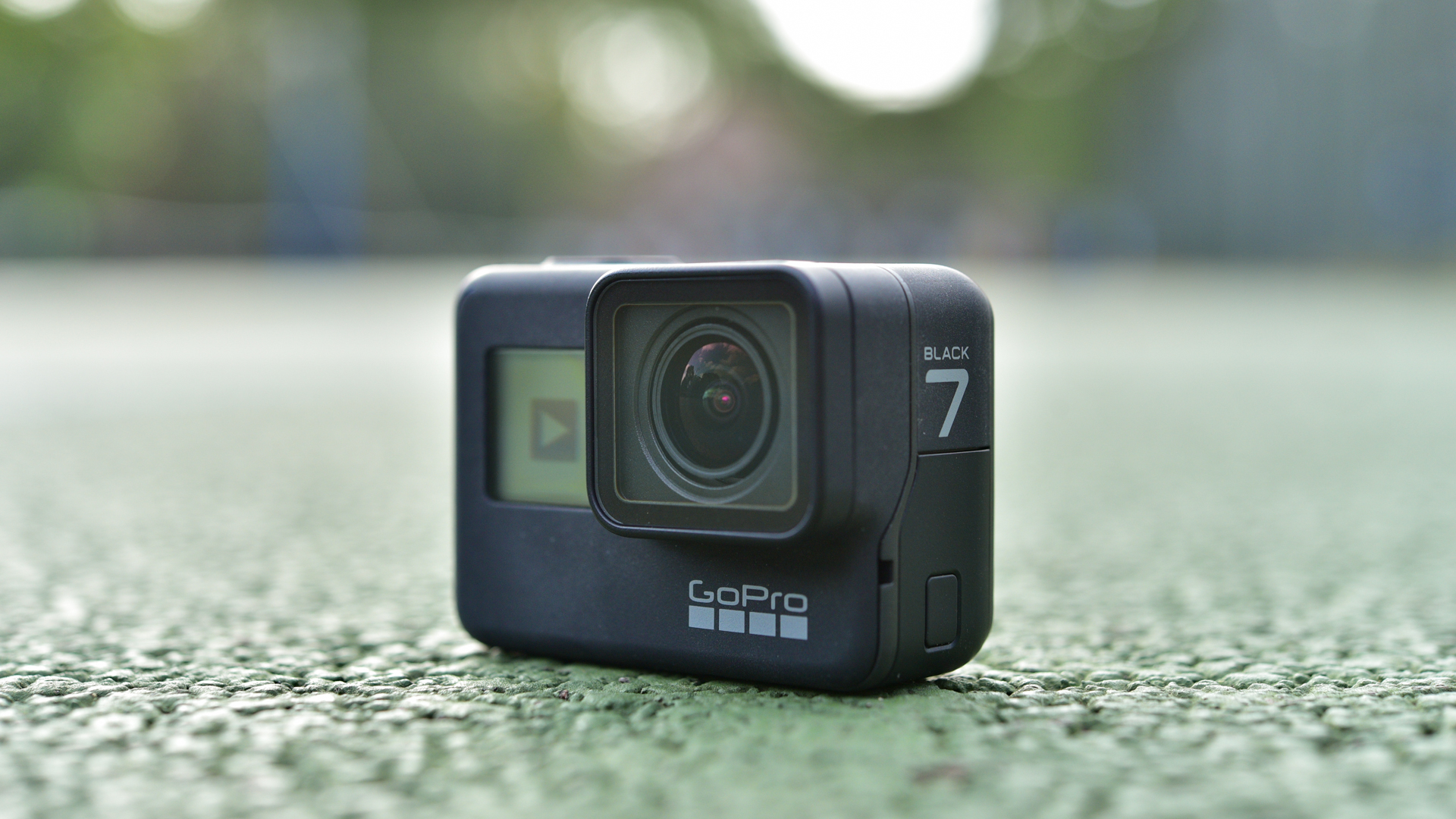
It's now been ousted from GoPro's official line-up, with the Hero 8 Black officially the company's entry-level option. But plenty of Hero 7 Black stock remains at good prices, and it's worth considering if you need a more basic action camera that still has GoPro's excellent HyperSmooth stabilization. While it shoots 4K video, the Hero 7 Black doesn't offer this in 'Linear' shooting mode, which corrects the fish-eye distortion you get in wider shooting modes, and there's no high bit-rate 100Mbps mode either.
But if you're happy to mainly shoot in 2.7K or 1080p, the Hero 7 Black captures excellent quality video at frame-rates up to 120p, while offering the original versions of TimeWarp (for shooting hyperlapses) and HyperSmooth stabilization for smoothing out any judder. The other main difference from recent GoPros is that this model lacks built-in mounting fingers, which means you'll need the included mounting frame to attach it to objects. But that's not a huge deal and in most other respects (battery life, ruggedness, waterproofing and 12MP SuperPhotos) this model is a match for the Hero 8 Black.
- Read our in-depth GoPro Hero 7 Black review

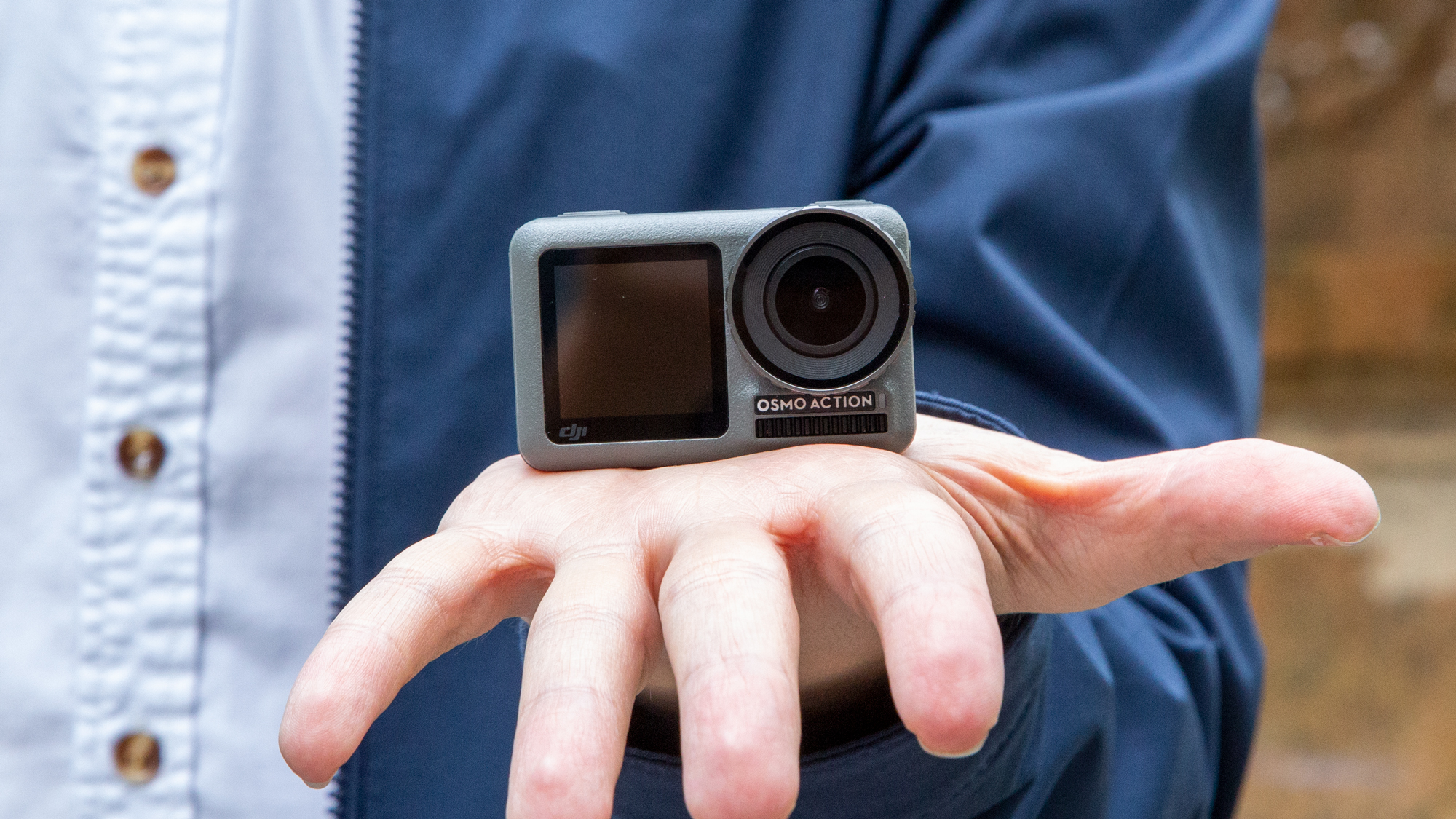
DJI might be better known for its class-leading drones, but the Osmo Action is a compelling GoPro alternative with some nifty tricks and a tempting price tag. That said, there are now growing rumors that DJI is preparing to launch a DJI Action 2 – so unless you need one urgently, we'd probably hold fire on getting an Osmo Action right now.
The Osmo Action's front display and general user-friendliness mean it does trump the GoPro Hero 8 Black (if not the new Hero 10 or Hero 9) for vloggers who like to shoot a lot to camera, while the video quality is right up there with the best 4K action cams. The Osmo Action does also offer handy extras like a removable battery and lens cover. Hopefully, we'll see these features and more in its rumored successor, but if you can't afford to wait, it remains good value – particularly if you prize that front-facing screen.
- Read our in-depth DJI Osmo Action review


The GoPro Hero 9 Black may offer handy add-ons, but the Insta360 One R is a properly modular action camera, comprised of a battery, control and camera block. This means you can switch the latter at will to suit your shooting situation, choosing between a 4K action cam and a 360-degree camera. There's even a 1-inch sensor block (see the Insta360 One R 1-Inch Edition at number 2). But does this base model deliver on its promise of being three cameras in one? In many ways, yes: clipped together, the One R is only slightly larger than the Hero 8 Black and feels surprisingly sturdy – though you need to fit the mounting case to make it water resistant. Image quality is also sharp and relatively stable, with good detail in darker areas.
In other ways, though, it's less successful: the image processing (at least on the 4K module) can't match the Hero 8 Black or Hero 9 Black, while the 1.3-inch touchscreen is too small for framing 16:9 footage. It’s worth remembering, though, that the dual-lens bundle costs less than the GoPro Max alone. For that, you get a modular approach that’s flexible and well-executed, delivering great 4K video and solid 360-degree footage. Provided software updates can iron out some of the processing issues, the Insta360 One R is well worth a look for those who want to tinker with both 360 video and standard action cam footage.
- Read our in-depth Insta360 One R review

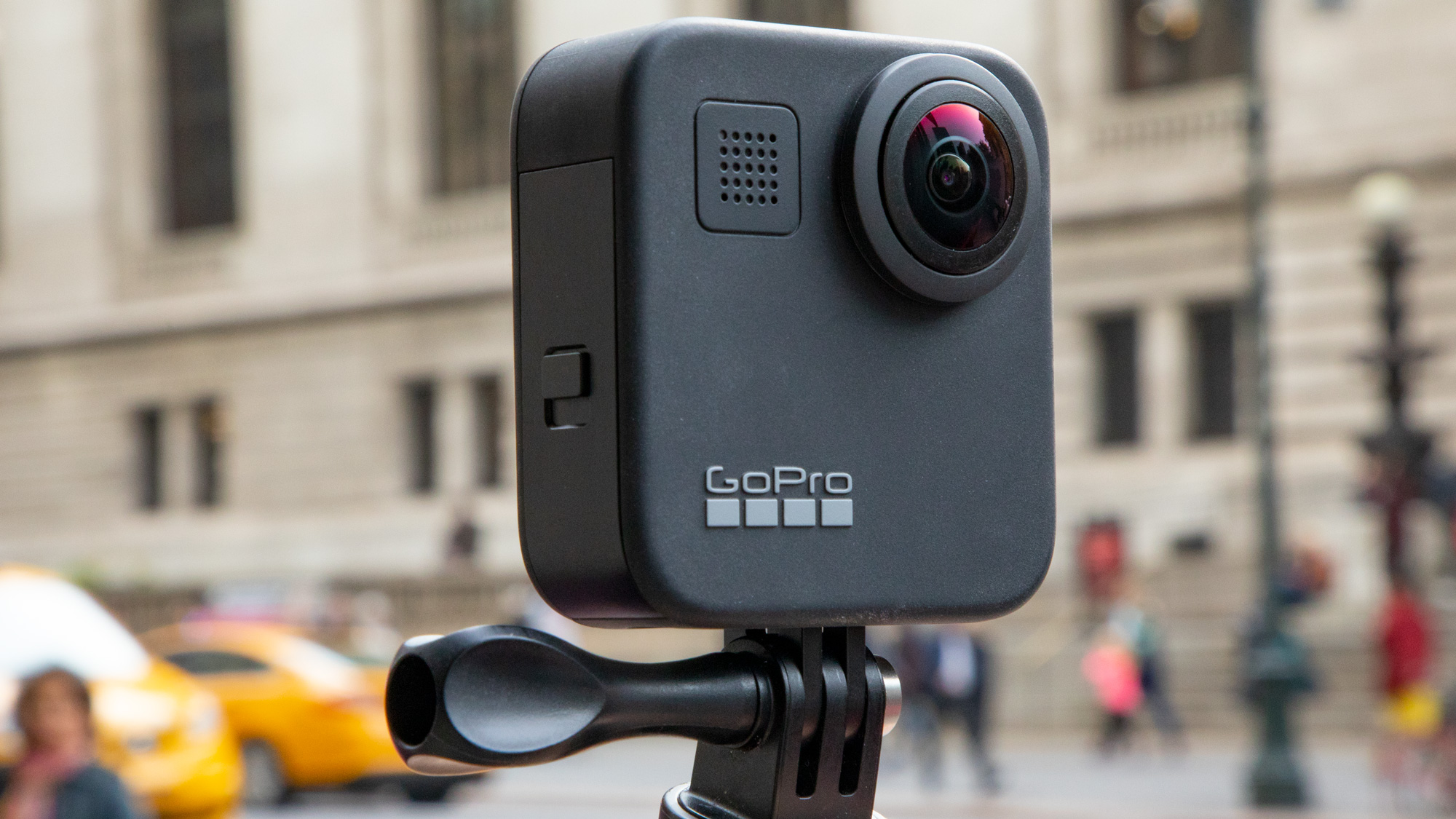
If you only want to shoot traditional action camera footage (that is, non-360 video) at the best possible quality, then the GoPro Hero 8 Black and Hero 9 Black remain better choices. But if you like the sound of being able to reframe your videos after they've been shot, and are looking for great audio quality, then the Max is well worth considering.
GoPro's most expensive action camera uses two fisheye lenses to shoot spherical 5.6K video, which you can later crop into standard 2D video using OverCapture software. It's also packed with features including six-microphone audio (which records excellent audio, if not quite up to the level of GoPro's 'shotgun mic' claims), shooting modes like TimeWarp, and built-in mounting fingers to ensure you don't need a extra mount mount to attach it to anything.
The downsides are the fact that it doesn't offer the best 2D video quality (due to the need to convert it from a fish-eye image, and the max 1440/60p resolution) and that it can't quite match the Hero 8 Black or Hero 9 Black in low light situations. But it remains the best waterproof, 360-degree action camera around.
- Read our in-depth GoPro Max review

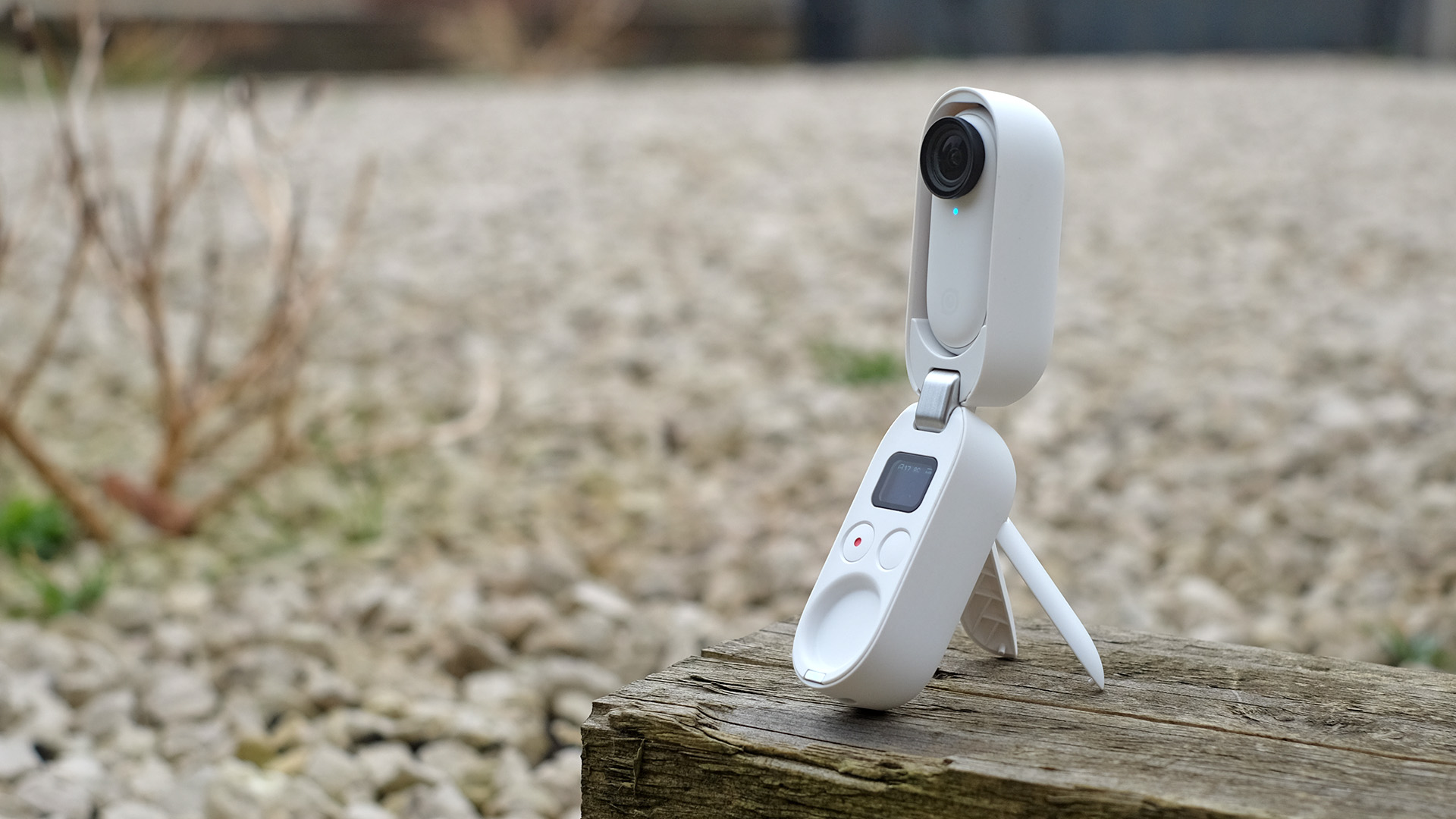
Touted as “the world’s smallest action camera”, the Insta360 Go 2 is a truly tiny cam that’s designed for quick and easy recording. Despite its dinky build, the Go 2 can capture excellent 1440p video at 50fps, with good detail and decent dynamic range. Its image stabilization skills aren’t a match for the GoPro Hero 9 Black, but the Go 2’s FlowState smarts can still smooth out walking motion reasonably well.
Probably the biggest upgrade over the original Insta360 Go is the updated charging case. Buttons and a mini mode screen transform the user experience, allowing you to deploy the case as a remote control. It can also significantly boost battery life and double up as a tripod for easy self-shooting. Add 4-metre waterproofing to the spec sheet and, while it might not represent total innovation, the Go 2 shapes up as a versatile, accessible and properly portable action camera.
- Read our in-depth Insta360 Go 2 review


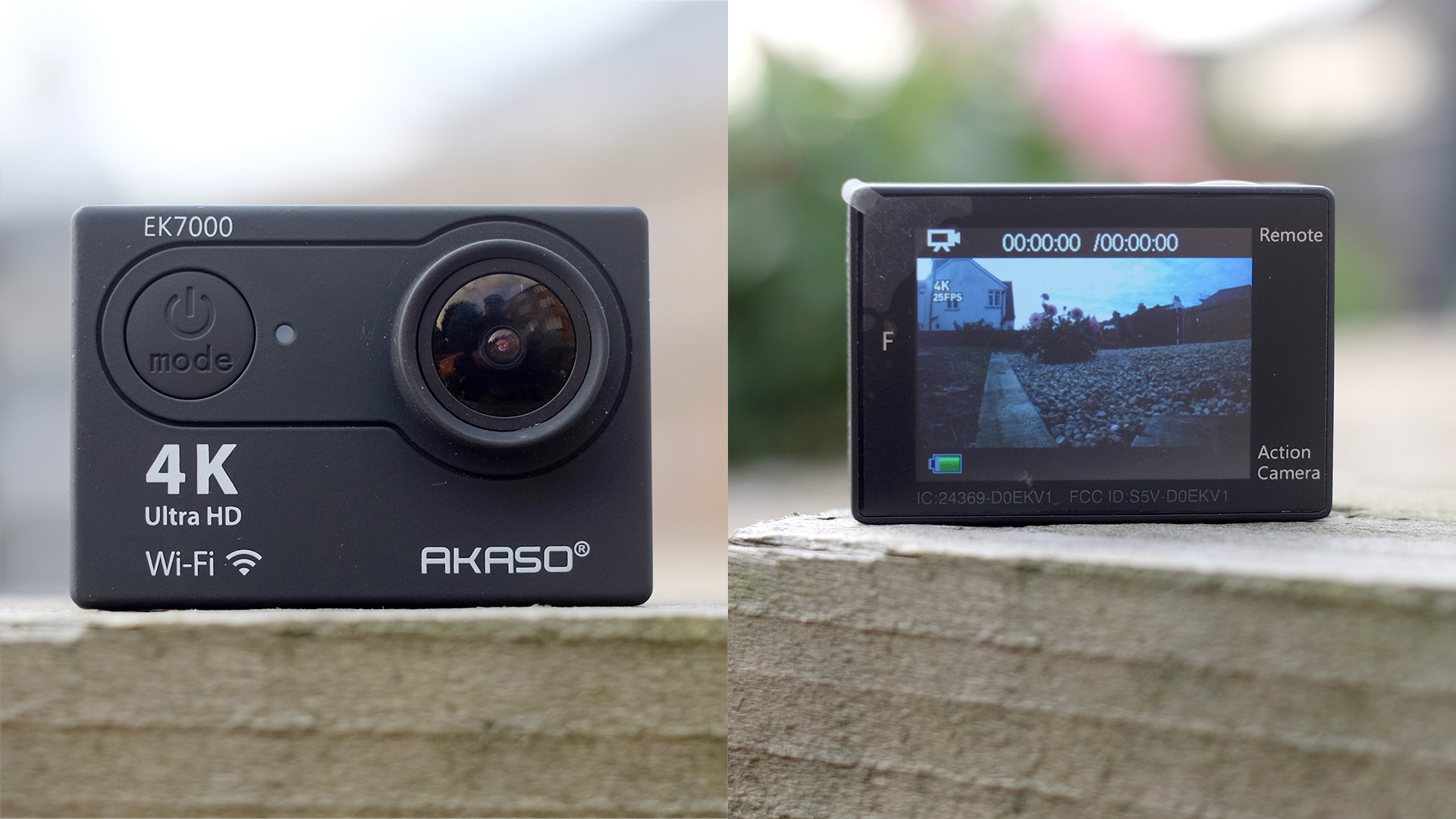
While the Apeman A100 (see no.4) remains our pick for the title of best cheap action camera, the EK7000 could well fit the bill if you need something that's even more affordable and shoots good 1080p footage. The downsides are that there's no stabilization here and you can't change your field of view from the native 'wide' angle. But it is relatively intuitive to use and the 1080p looks surprisingly decent when you consider the EK7000's rock-bottom price.
While it can shoot 4K/25p footage, this is very jerky – so we'd really only consider this to be a 2.7K or 1080p action camera. We did also certainly miss built-in electronic stabilization and audio quality isn't great. Still, if you need a very affordable helmet cam and can live with its limitations, there's no doubt the EK7000 offers incredible value.

Also consider...
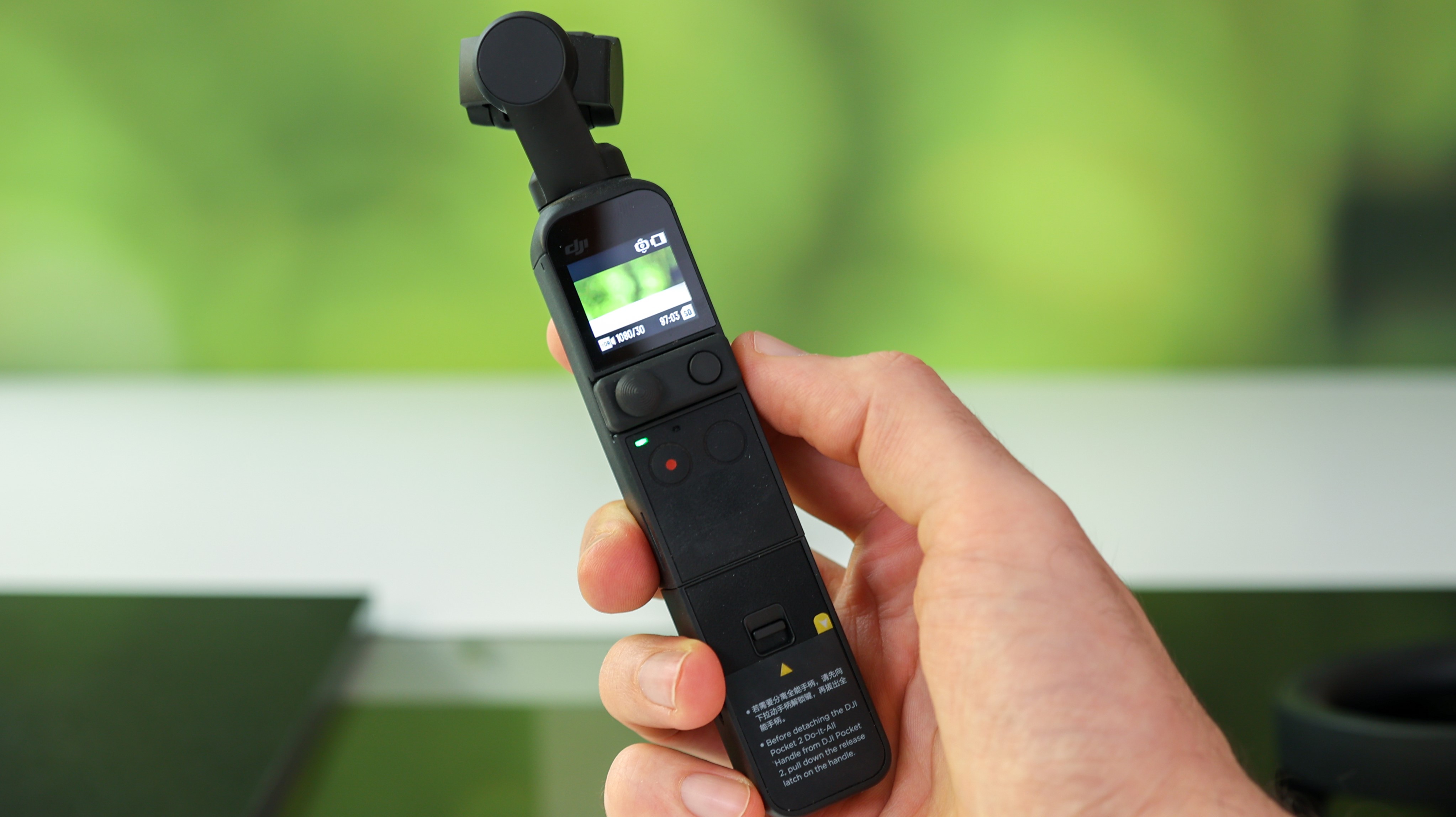
While it's not technically an action camera, the DJI Pocket 2 is well worth considering if you're a solo traveling filmmaker or vlogger. Its built-in three-axis gimbal isn't just useful for stabilizing footage – when combined with the Pocket 2's face-tracking, it allows the camera to automatically follow you left and right as you walk around in front of it.
Unlike the original Osmo Pocket, the Pocket 2 has a larger 1/1.7-inch sensor that can shoot 64MP stills and 4K/60p video at 100Mbps. Your options for capturing high-quality audio are also much-improved, thanks to the inclusion of four microphones and an optional Creator Combo that includes an external wireless mic. And while the Pocket 2 isn't waterproof itself, but you can buy a waterproof case that keeps it protected to depths of up to 60m.
The Pocket 2 isn't as rugged or tough out of the box as a GoPro, but it is a simpler and more versatile vlogging option if you're happy to keep it safely tucked away in between shots.
- Read our in-depth DJI Pocket 2 review

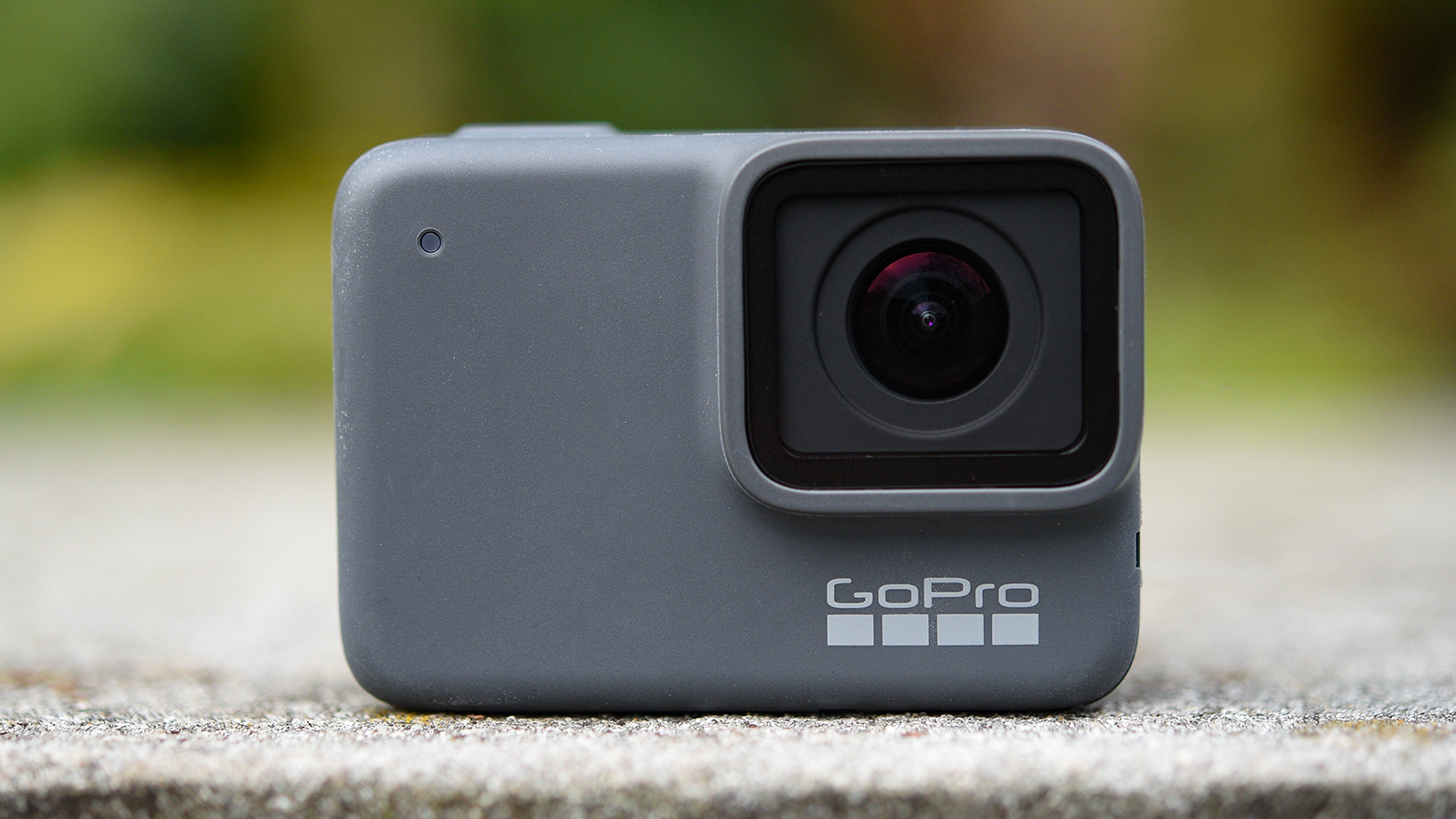
Once GoPro's mid-range action camera when it launched in 2018, the Hero 7 Silver is now officially no longer in its lineup – though you can still buy it at increasingly tempting prices. Should you? If you're mainly looking for a point-and-shoot model with limited manual controls and decent 4K image quality, there's certainly a case for it.
Like more recent GoPros, it's waterproof down to ten meters and offers both a 2-inch touchscreen and voice controls. Its video stabilization isn't quite as powerful as HyperSmooth and you can only shoot 4K/30p, rather than the 60fps offered by models from the Hero 7 Black up. But it remains a good-value option for beginners or those looking for a more basic action camera, if you can find it in stock.
Read our in-depth GoPro Hero 7 Silver review

What should I look for when buying an action camera?
While the right action camera for you will depend on what and how you like to shoot, there are some key skills every good action cam should have. It should be rugged enough to endure some rough and tumble, plus waterproof down to at least a few meters. It should also be straightforward to use and operate, even in extreme conditions. Touchscreens can make an action cam easier to control, but if you plan to shoot while wearing gloves, it might make more sense to select a model with physical buttons.
You’ll probably use an action cam on the move, so image stabilization is an important feature to look for. This should smooth out camera shake (from hands or handlebars) for more watchable footage. The quality of image stabilization can vary significantly, so it’s worth thinking about how smooth your video needs to be (or whether you can live with a few wobbles). A higher resolution sensor can help: digital image stabilization will often crop the frame to eliminate movement. Footage cropped from 4K will look better than video that’s been reduced down from 1080p.
Many of the top action cameras in 2021 also offer smartphone connectivity, which allows you to easily edit and share your latest videos quickly. Some models also support live-streaming direct to platforms like YouTube. This can be demanding on battery life, but will be useful if you plan on vlogging straight to social media.
Most action cameras can shoot slow-motion footage at upwards of 120fps, while some of the top models also offer more creative shooting modes, such as hyperlapses. Some in-camera effects can be replicated with editing software, but it’s worth considering a camera with creative presets if you’re looking to add variety to your videos with minimal effort.
The majority of models ship with a range of mounting options. If you’re planning to use one during a more niche activity, be sure to check that there’s a suitable attachment available to fit your needs. A few action cams go further, offering a modular setup which allows you to augment your shooting with optional accessories, such as microphones, lights or even a 360-degree lens.
What is an action camera used for?
The best action cameras are compact, tough and easy to operate. Thanks to their rugged build, action cams can be used to shoot footage in the kind of scenarios where most standard cameras simply can’t survive. And because the top options offer outstanding image stabilization, action cams are ideal for recording smooth video while you’re on the move.
Many people use action cameras to capture footage of their adventurous pursuits, such as mountain biking, skydiving or snowboarding. The best action cams are also waterproof, so some outdoor enthusiasts employ them to shoot watersports or record underwater video while swimming or diving. Most action cams come with a range of mounts, which make it easy to attach them to your helmet, handlebars or even a strap which wraps around your chest. So you should always be able to find an attachment that suits.
Action cameras can also be fitted inside vehicles, either to record the road like a substitute dash cam, or to capture what the driver is doing. Several motorsport series fit in-car action cameras to record racing drivers.
Not everyone uses action cameras for extreme activities, though. Because the best models are easy to control, feature creative shooting modes and offer excellent connectivity options (including live-streaming support), a lot of vloggers use models like the GoPro Hero 10 Black to shoot videos for social media. Image stabilization means they’re great for walking and talking, while their compact size makes action cams good for on-the-go recording.
Some content creators deploy action cams as a second camera alongside their main mirrorless model, for shooting slow-motion b-roll or capturing additional angles to add variety to their videos.
How we test action cameras
Action cameras are among the toughest cameras around, so we properly put them through their paces to make sure they live up to their rugged billing – and can shoot excellent video and stills, too.
We take each one through a range of real-world tests including cycling, swimming and, if possible, an experience like an adventure course. These not only give us a good idea of each model's ability to withstand the elements, but how easy they are to operate in difficult conditions.
When it comes to footage, we record in a variety of resolutions and frame-rates to help gauge each action camera's strengths, and review these clips on a calibrated monitor. We look at default color reproduction and noise levels in shadows and highlights, and look out for any common image quality issues including clipping, softness, barrel distortion and over-zealous processing.
We go through a similar process to analyze each camera's image stabilization, which is crucial to maintaining image quality during movement, and look at the quality of any special shooting modes too, including slo-mo and timelapses.
For battery life tests, we continuously record at different resolutions and frame-rates. We note down both how long the action cams lasts and when it has to shut down due to overheating. Lastly, we evaluate how user-friendly each camera is, by testing both their touchscreen interfaces and companion apps.
- Best GoPro camera: ultimate action cams
- The best cheap action cameras you can buy right now
- Best cameras for kids
- What camera should I buy? Use our step-by-step guide
- Best camera
- Best waterproof camera
- Best dash cam 2020: 8 car-ready cameras for peace of mind

from TechRadar - All the latest technology news https://ift.tt/3l8ZBsF


0 Comments